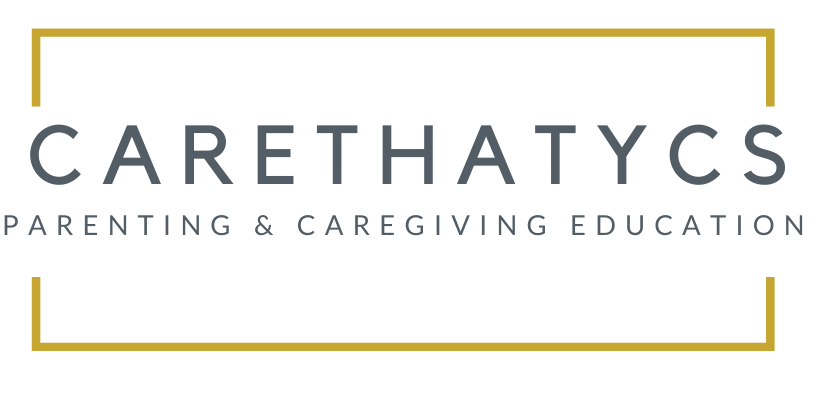We always hear how babies and children are like a sponge, absorbing everything they see and hear from the environment in which they live, a theory that has been disseminated since the 17th century. However, the truth is that, the level of knowledge absorption of these little ones goes well beyond. Today, with the advancement of neuroscience, we know that the brain is a very complex organ, especially as it matures.
The brain begins to develop during pregnancy and goes well into adulthood. At 24 weeks of gestation, the fetus already has around 100 billion neurons! It is precisely because of this immense quantity that a child has such a strong perception of the environment in which they live and are able to absorb everything around them. They even receive emotional influence from the people they live with, especially from the mother. A survey from the University of Brasília proved through heart rate and brain activity that newborns recognize the mother’s voice and know how to differentiate it from other voices. They also found that listening to the mother’s voice and having them close to the baby calms them.
The environment in which the baby lives affects their brain development
With the discoveries of neuroscience, physiological and emotional factors have proved to be very determinant in the little ones’ development and personal construction. In other words, the environment in which they live influences more than nature (genetics) are fundamental actors in forming the human personality. Children need to be in environments where they feel welcomed and loved, and proper stimuli are needed for each development stage.
The more your baby is stimulated to develop skills, the more neurons the baby’s brain will develop. Neuroscience has shown so many studies to prove this theory that the British Government decided to adopt a primer manual called Early Intervention: Good Parents, Great Kids, Better Citizens, in which they suggest what the public initiatives regarding early childhood should be. And it even states that the sooner the baby has contact with the mother, the more secure they become. A secure child tends to develop better and build better relationships; they feel more open to understanding other people and experiencing new experiences.
The human brain grows very quickly in this first phase due to the increase in its neural connections. And yes, they are even genetically predetermined, but they also have a strong influence on the baby’s life experiences. The human being is born with many more neurons than when the brain reaches maturity and, if there are no stimuli, these connections simply die because these structures and connections are developed and strengthened according to the stimuli they receive.
Perception of the world
Neuroscience also tells us that babies’ brains are able to voluntarily organize all the visual information they receive in their daily lives, and when they store them, they become learnings. It is the same with hearing when stimulated. An example of this is when we describe something to the little ones, and they understand.
That’s why, with only a few months of life, babies have the ability to recognize phonemes from all over the world! However, you may be wondering why, then, your one-year-old baby seems to only recognizes a few sentences and make just a few sounds. This is a result of the language and vocabulary they are exposed to and used to in their standard environment. This happens very fast – as early as six months of life, the baby begins to lose the phonemes that are not part of their daily life. If you would like to learn more about how to preserve these abilities, check out one of my online courses – Promoting Multilanguage Exposure as a Foundation for Multilanguage Learning.
When we narrate our actions when interacting with our babies, label and describe what we do and what they see, children begin to know the names of objects, feelings, routines, and learn to differentiate one from the other. And most interestingly, they learn from an early age to distinguish dynamic objects from static objects, this is an incredible form of perception for someone so young.
In addition, babies learn a lot by imitation, including, we have already made articles here about this way of learning. How many times have we caught our little ones doing the same facial expressions as us and having the same attitudes? This learning comes from observation. There are even studies that say that babies can imitate a behavior observed 24 hours ago.
Now that you know how to build the baby’s brain, I hope you understand what essential role you play in this brain architecture project, so your baby can thrive developing new skills. Provide your little one plenty opportunities to experience the word around them in various forms, and introduce them, from an early age, to a vast vocabulary so that they can increase and strengthened their mental structure.
Make it a priority to talk and interact with your child and foster their learnings; rest assured, that your baby will be able to interpret and improve their perception of the world around them through you. Each learning that the baby can absorb, has positive consequences in all areas of development, from motor coordination and even prevention of neurological or social diseases during childhood. Oh, and a bonus learning just for you! Do you know how the baby consolidates all of these learnings? It is during their sleep! That is why a solid and consistent sleep routine (day and night) is essential for brain development.
If you are interested in learning how to foster optimum brain development in your little one, join my new community of #brainbuilders in The Brainery!

